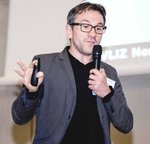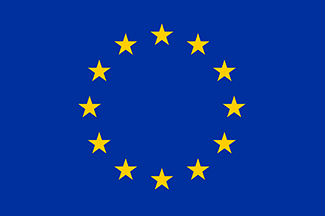
Recently, a whole new type of long filamentous bacteria has been discovered, which are able to generate electrical currents over centimeter scale distances. This distance is a thousand times further than previously known for micro-organisms. These so-called “cable bacteria” consist of a sequence of thousands of cells that pass electrons on to each other. This mechanism, whereby living cells interact with each other via electrical currents, implies an entirely new way in which biological cells are cooperating. Yet, there is also a promising technological aspect to this discovery. The capability of cable bacteria to transport electrons over centimeter distances also implies that evolution must have somehow developed an organic structure that is highly conductive. If these conductive structures could be harnessed in an engineered way, this could pave the way for entirely new materials and applications in bio-electronics.
This attractive idea of “microbially based electronics” is currently faced with an important obstacle: we do not yet know the physical nature of the conductive structures in cable bacteria, neither do we know if these structures are sufficiently conductive for technological applications. The goal of this AIAS project is to identify the conductive structures responsible for the long-distance electron transport, and to characterize their chemical composition, physical structure and electrical properties of these conductive structures. When successful, this could open a broad avenue of research and technological applications targeting new functional molecular materials and nanosystems from microbial origin.
Project title:
Unlocking the mechanism of microbial long-distance electron transport
Area of research:
Microbial electricity
Fellowship period:
1 Oct 2016 – 30 Sep 2017
Fellowship type:
AIAS-COFUND Marie Skłodowska-Curie fellow

This fellowship has received funding from the European Union’s Seventh Framework Programme for research, technological development and demonstration under the Marie Skłodowska-Curie grant agreement No 609033 and The Aarhus University Research Foundation.

